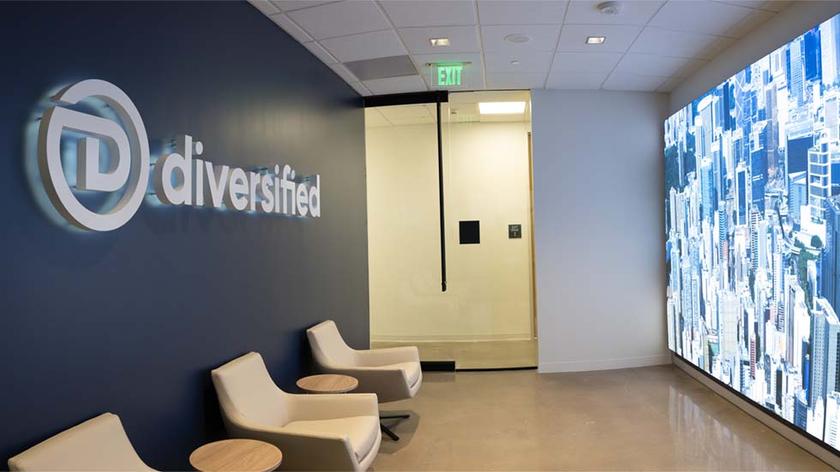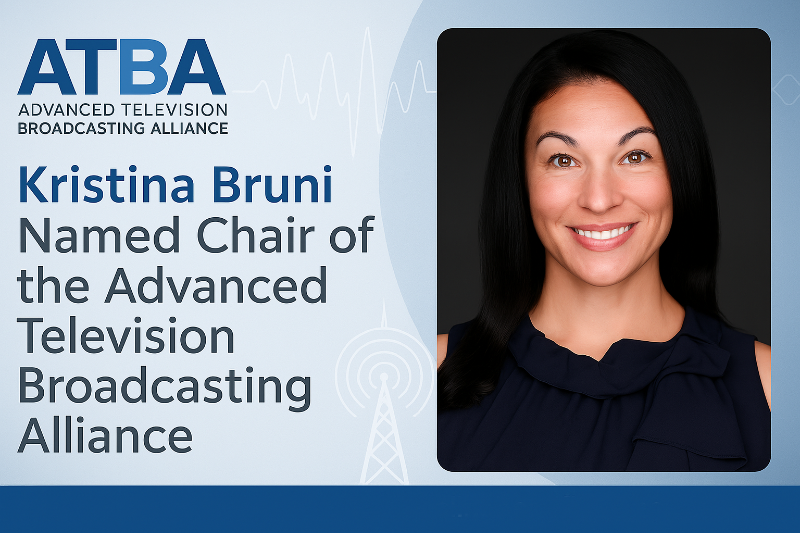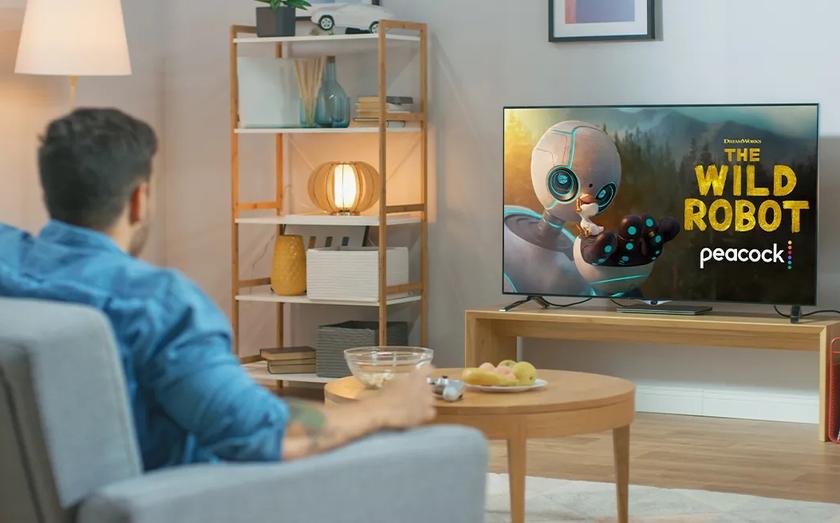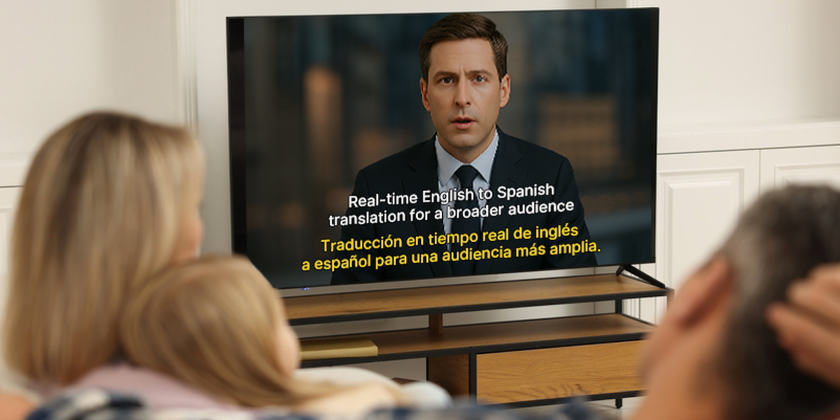HD to hit mainstream
With the NAB Show a couple of months away, broadcasters and vendors alike are deep into the planning stages for their participation in the show.
Technology is always a major focus of the show, and in the next two months “HD Technology Update” will on occasion speak with various broadcasters and vendors about what they expect for this year’s NAB as relates to HD.
The intension is not to take the discussion in the direction of a microscopic look at new HD products; rather, the interviews will focus on the bigger, overarching themes to expect when it comes to HDTV.
This week, “HD Technology Update” speaks with Jeff Rosica, senior VP of the Thomson Grass Valley division.
(Editor’s note: This interview took place prior to last week’s announcement that Thomson intends to sell the Grass Valley division.)
HD Technology Update: What’s your high-level view of the trends you expect to see at NAB relating to HDTV?
Jeff Rosica: I think first, clearly, the HD trend continues, but secondly, HD is becoming pretty commonplace.
Get the TV Tech Newsletter
The professional video industry's #1 source for news, trends and product and tech information. Sign up below.
Today, I think the focus is on how we bring HD into a more affordable position, because now we are beyond the CNN launches and the ABCs and the big accounts. Now, everybody needs to adapt to HD.
It doesn’t matter if you’re a corporate user, a racetrack, a government user or a broadcaster that maybe is in a smaller market, or maybe a broadcaster that now has to do a second master control room, or the third. HD is essential.
I think the HD transition is maturing. I think people are going to NAB to look at the technologies that help impact the cost of the products. How do we bring down the cost of storage? How do we bring down the cost of the production gear? How do we bring down the cost of the infrastructure?
So I think there will be a lot of focus on the technology trends underpinning the HD transition and on how we march forward as we mature the transition. How do we march forward to widen the use of HD, and how do we continue to make even more affordable solutions for the masses that need to implement it?
HD Technology Update: Last year at NAB, the HD story was dominated by 3Gb/s developments. What role will 3Gb/s technology play this year?
Jeff Rosica: You know, 3Gb/s is still in its infancy technologically in terms of implementing it in products. It’s still only touching the very high-end tier of products and still only touching certain products, so clearly there will continue to be for the next several years the move to 3Gig.
You know, 1080p 60/50fps is still pretty difficult to manage in the compressed domain and in the storage capacity needed to store the larger files. Obviously, there are the issues of the cost of the production gear and how you move that signal around in a production environment. I think there still is a lot of work to be done over the next two to three years, maybe even longer, dealing with the 1080p 60/50.
I think you will see a lot of technology on how we improve the implementation of 3Gig, especially in infrastructure, because that’s where it always starts. I think a lot of people are getting their infrastructure ready for 3Gig, and largely when you prepare yourself for 3Gig, you could be preparing yourself for stereoscopic because now you have twice the bandwidth in your infrastructure. You have the infrastructure to handle it. I think there will be a lot of talk on that at NAB.
From our standpoint, there are a lot of shortcomings in 3Gig. When you have a 3Gig infrastructure, you have to reduce the cable lengths. It puts a lot of stresses on system design when you’re building a facility capable of handling it. I think you will see a lot of emphasis on how we can improve that and improve the signal quality and signal length. I think that is going to be a big issue focus here.
HD Technology Update: If you look a little farther down the road, where is the industry headed?
Jeff Rosica: I think what the future holds is where we are heading with moving signals, the technologies for moving signals. Whether we go to a 10Gig infrastructure for moving signals around, using compression more aggressively or applying it more to move signals around, I think we are going to see a big emphasis on that.
If you look at the new applications of video and the file-based infrastructures we are moving to, and even moving files between facilities and even countries, I think there is going to be a lot of emphasis on how we move files around. I think any of the advanced technologies that help in improving our capabilities in that area will be rather important. And that’s not just wired, but wireless capabilities.
In a production or any kind of environment where you are creating content, a lot of those technologies are wired. If you look at file-based workflows, do we move to a 10Gig environment? Looking at all the network infrastructure and all the possibilities is important. Today, we have wireless cameras. In many productions, there is a limitation with wires. What we can do in a wireless environment and how we can implement that to ensure a more efficient environment is clearly important.
There will be consideration of more implementation of compression — not just for distribution and acquisition — but how compression is going to be used in the intermediate stages. I think we are going to see more application of high-quality compression — high bit rate, low level of compression — even to signals we are trying to move around a facility.
HD Technology Update: What developments do you expect in 3-D stereoscopic technology?
Jeff Rosica: I think 3-D clearly is on the horizon. We see 3-D and stereoscopic as something people are going to start looking at. I think they are starting to look at the different concepts, different technologies that are out there. Things like the display technologies; how do you shoot this; how do you edit it; how do you distribute it and play it?
I think there will be a lot of emphasis as they look at their three- to five-year plan. There will be a desire to look at that and understand that, and how to develop your infrastructure to handle the future, potential 3-D, signals through your facilities.
Tell us what you think! HDTU invites response from our readers. Leave a comment below or visit our Forum to start a discussion.











